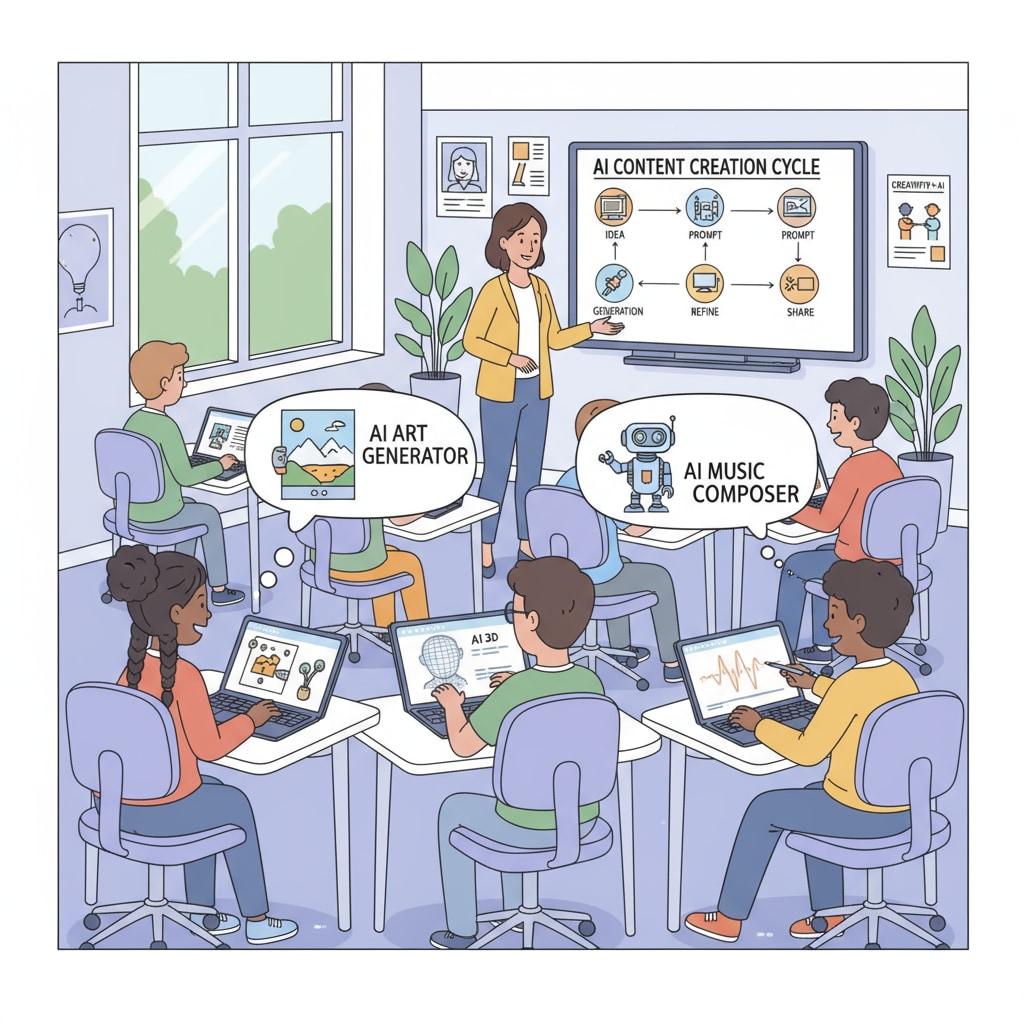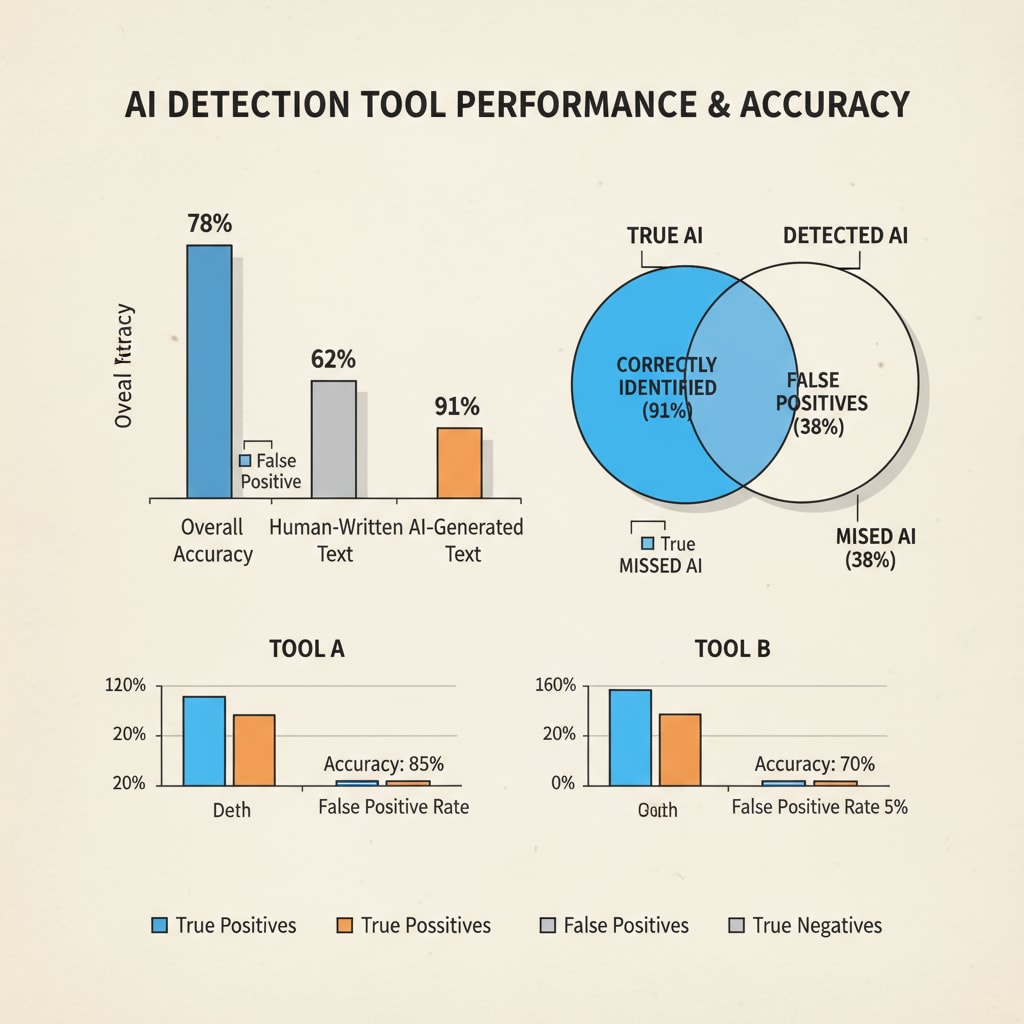In the age of rapid technological advancement, the question of whether manual input of AI-rewritten content can evade AI detection tools has become a hot topic, especially in K12 education. As AI continues to infiltrate various aspects of our lives, its impact on the educational landscape is undeniable. Students are increasingly tempted to use AI to generate and rewrite content for their assignments, and the idea of manually entering this AI-rewritten work in an attempt to bypass detection has gained traction.

Let’s delve deeper into this complex issue.
The Rise of AI in K12 Education
AI has brought about a revolution in K12 education. It offers various benefits, such as personalized learning experiences, intelligent tutoring systems, and enhanced educational resources. However, it has also given rise to a new challenge: students using AI to complete their assignments. For example, some students use AI writing tools to generate essays or solve math problems. This not only undermines the learning process but also poses a threat to the integrity of education. According to Educause, the misuse of AI in education is a growing concern that educators need to address.
The Principle of AI Detection Tools
AI detection tools work based on complex algorithms. They analyze various aspects of the text, including language patterns, vocabulary usage, and syntactic structures. These tools compare the submitted content with a vast database of known human-written and AI-generated texts. For instance, they look for signs of overly perfect grammar, repetitive sentence structures, or inconsistent writing styles that are often characteristic of AI-generated content. Turnitin is a well-known detection tool that uses such advanced techniques to identify potential AI-generated work. However, these tools are not without limitations.

The Limitations of AI Detection
Despite their sophistication, AI detection tools have limitations. One major issue is the increasing sophistication of AI itself. As AI technology evolves, it becomes more difficult for detection tools to keep up. Some AI-generated content can be made to mimic human writing very closely, making it challenging to distinguish. Additionally, manual input of AI-rewritten content adds another layer of complexity. When students manually enter the content, it can alter the digital footprint that detection tools rely on, potentially leading to false negatives. Therefore, educators cannot solely rely on these tools to identify AI-generated work.
Strategies for Educators
Educators need to adopt a multi-faceted approach to address the issue of AI-generated content. Firstly, they should educate students about the importance of academic integrity and the proper use of technology. By raising awareness, students are more likely to understand the consequences of using AI inappropriately. Secondly, educators can design assignments that require in-depth thinking and creativity, making it harder for AI to generate suitable answers. In addition, they can use a combination of detection tools and personal assessment to verify the authenticity of students’ work. For example, having students explain their thought process during an oral presentation can help identify if the work was truly their own.
Readability guidance: We have used short paragraphs and lists to summarize key points. Each H2 section has provided relevant information. We have also controlled the proportion of passive语态 and long sentences, and added transition words like ‘however’, ‘therefore’, and ‘in addition’ to enhance the flow of the article.


